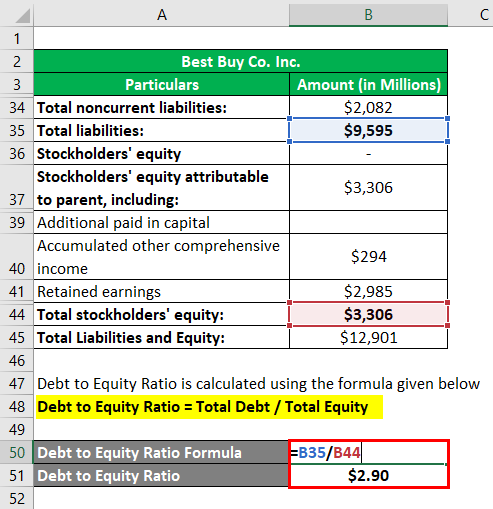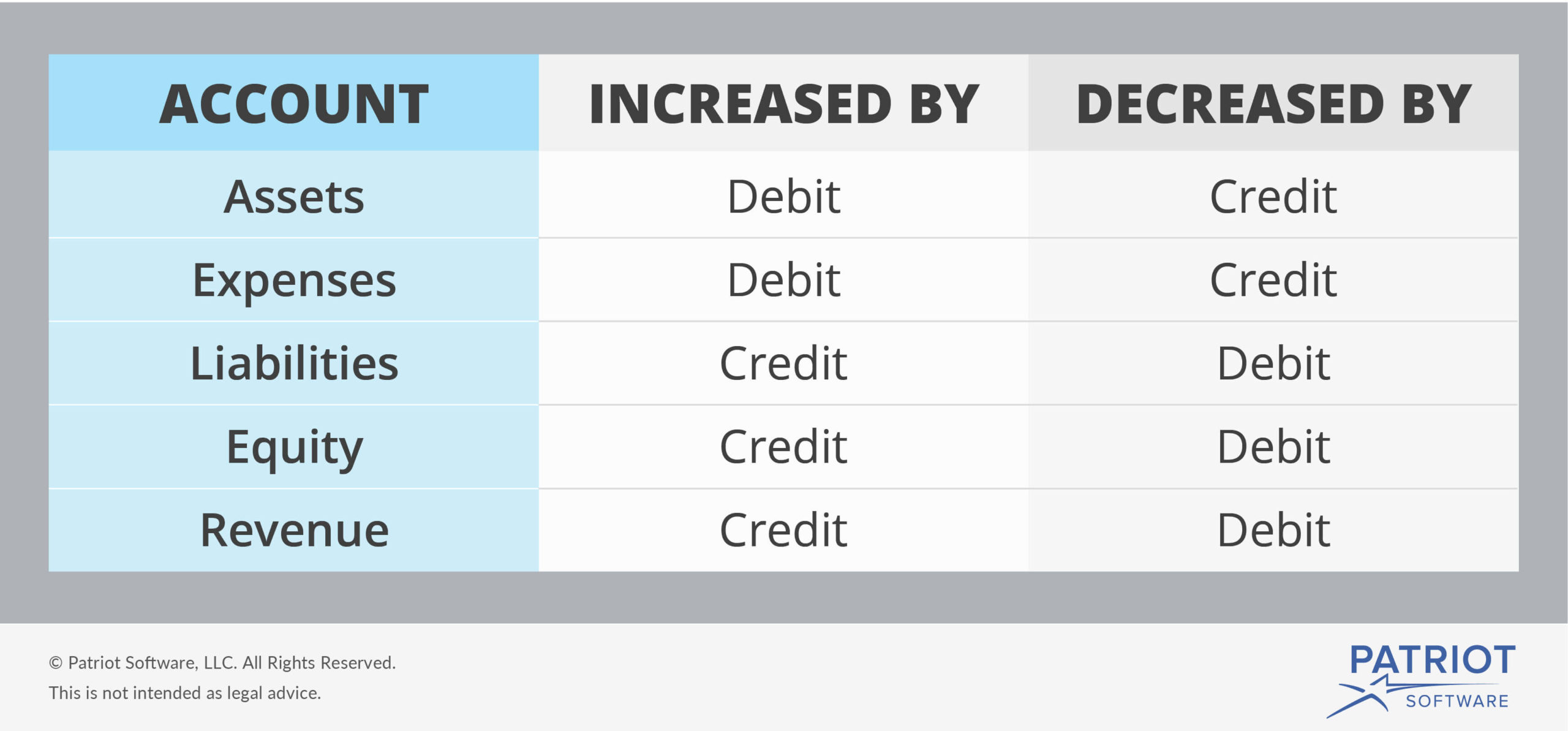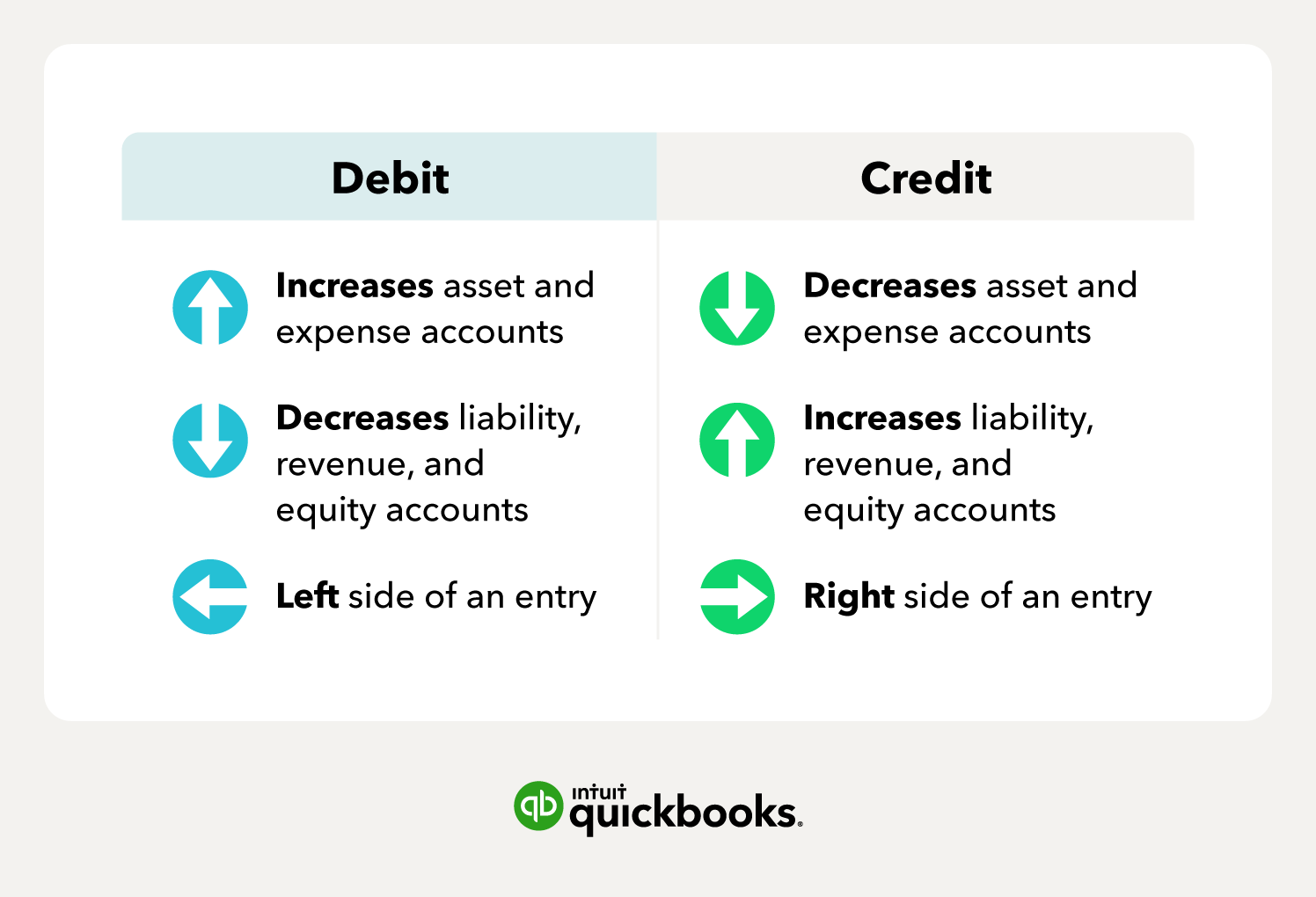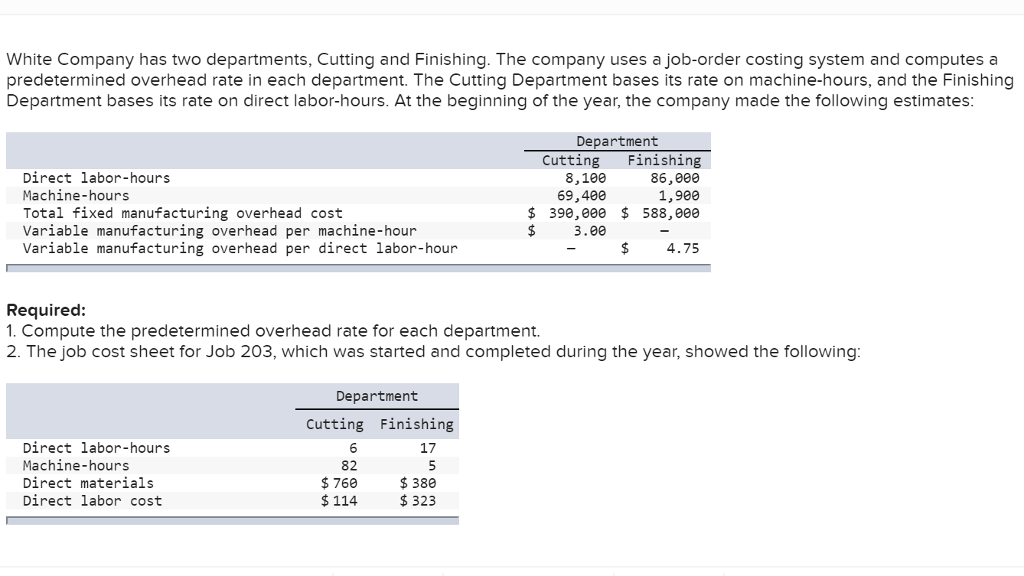
Notes payable is not an asset but a liability account on the balance sheet that reflects an amount that is owed under the terms of an issued promissory note. The notes payable that are due within the next 12 months https://www.quick-bookkeeping.net/calculating-the-issue-price-of-a-bond-using-the/ are current (short-term) liabilities while the notes payable that are due after one year are non-current (long-term) liabilities. Initially, Anne’s Online Store recorded the transaction as accounts payable.
If part of a loan is due within 12 months, and the remaining is due for more duration, the amount will be split between the two sections. In a household budget, accounts payable may include a phone bill or credit card purchases that are paid off at the end of the month. In contrast, notes payable would be car payments and mortgage payments. A business may agree with local stores that allow company employees to charge purchases to a store account, which gets paid off in full at the end of the month, and this would be included with accounts payable. A business may have also taken out a loan to purchase new equipment, and the loan balance and payments are included in notes payable. When it comes to notes payable, the borrower borrows from another party, promising to repay with interest, and as such incurs a debt.

Your business does not have that much cash available for the purchase so you decide to go to the bank to get a loan for the vehicle. In the cash conversion cycle, companies match the payment dates with Notes receivables, ensuring that receipts are made before making the payments to the suppliers. It reflects that the company can realize the cash in a good fashion. Accounts payable, notes payable and loans payable are the most common type of liabilities. Now, that we have an understanding of notes payable, is it an asset or liability? As these partial balance sheets show, the total liability related to notes and interest is $5,150 in both cases.
This is a contra-liability account and is offset against the Notes Payable account on the balance sheet. Often, if the dollar value of the notes payable is minimal, financial models will consolidate the two payables, or group the line item into the other current liabilities line item. If you’re looking for accounting software that can help you better track your business expenses and better track notes payable, be sure to check out The Ascent’s accounting software reviews. There are other instances when notes payable or a promissory note can be issued, depending on the type of business you have. In addition, the amount of interest charged is recorded as part of the initial journal entry as Interest Expense.
What is the approximate value of your cash savings and other investments?
Interest expense will need to be entered and paid each quarter for the life of the note, which is two years. To simplify the math, we will assume every month has 30 days and each year has 360 days. Obotu has 2+years of professional experience in the business and finance sector.
- The outstanding money that the bar now owes the wine supplier is considered a liability (recorded as accounts payable).
- A business may have also taken out a loan to purchase new equipment, and the loan balance and payments are included in notes payable.
- Note Payable is credited for the principal amount that must be repaid at the end of the term of the loan.
It is a liability that carries a credit or an account that owes money. Payable may be listed under current or non-current liabilities on a balance sheet. If the loan is expected to be repaid within one year, then it is a current liability.
Free Financial Modeling Lessons
In both cases, the final month’s interest expense, $50, is recognized. The agreement calls for Ng to make 3 equal annual payments of $6,245 at the end of the next 3 years, for a total payment of $18,935. You can compare the rate you’d earn with notes payable to rates on similar assets such as fixed-rate bonds, Treasuries, or CDs as you decide whether they would be right for your portfolio.

Notes payable is an account on the balance sheet that reflects the money that is owed by a note maker under the terms of an issued promissory note. The note maker is the party that issues the promissory note and as such is obligated to pay the amount recorded in the notes payable account to another party. The party, on the other hand, that receives the promissory note is the payee and as such receives payment from the maker under the terms of the promissory note. The borrower that issues a promissory note has to record the amount of money received or owed in his accounting books as notes payable. The notes payable account is, therefore, an account on the borrower’s balance sheet that reflects the money owed from an issued promissory note. The lender, on the other hand, that receives the promissory note would record the amount as notes receivable in his accounting book, which is an asset to the lender.
11 Financial is a registered investment adviser located in Lufkin, Texas. 11 Financial may only transact business in those states in which it is registered, or qualifies for an exemption or exclusion from registration requirements. 11 Financial’s website is limited to the dissemination of general information pertaining to its advisory services, together with access to additional investment-related information, publications, and links.
In business, a party may purchase a piece of equipment on credit or borrow money from another party and make a formal promise to pay it back on a predetermined date. This formal promise is made in form of a promissory note which is issued to the lender, by the borrower, assuring him or her of payment on a specific date. Any interest due will be included as a current liability under interest payable. It can go further into two different sections under liabilities, short-term or long-term. If it is due in more than a year, it goes into the long-term section.
What is the Definition of Notes Payable?
Long-term notes payable come to maturity longer than one year but usually within five years or less. The following is an example of notes payable and the corresponding interest, and how each is recorded as abusive tax shelters and transactions a journal entry. Of course, you will need to be using double-entry accounting in order to record the loan properly. An interest-bearing note payable may also be issued on account rather than for cash.
The “Notes Payable” line item is recorded on the balance sheet as a current liability – and represents a written agreement between a borrower and lender specifying the obligation of repayment at a later date. Not recording notes payable properly can affect the accuracy of your financial statements, which is why it’s important to understand this concept. Notes payable always indicates a formal agreement between your company and a financial institution or other lender. The promissory note, which outlines the formal agreement, always states the amount of the loan, the repayment terms, the interest rate, and the date the note is due. Notes Payable and Accounts Payable are different because Notes Payable are based on written promissory notes, while Accounts Payable are not.
Do you already work with a financial advisor?
The risk of a note ultimately depends on the issuer’s creditworthiness. Notes payables, a form of debt, are typically securities and they must be registered with the Securities and Exchange Commission (SEC) and the state in which they’re being sold. They can provide investors who are willing to accept the risk with a reliable return, but investors should be on the lookout for scams in this arena. Editorial content from The Ascent is separate from The Motley Fool editorial content and is created by a different analyst team. Accounts payable on the other hand is less formal and is a result of the credit that has been extended to your business from suppliers and vendors.







